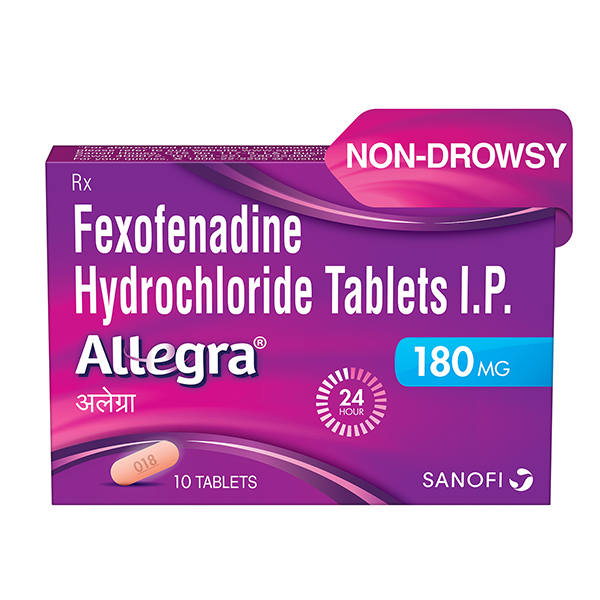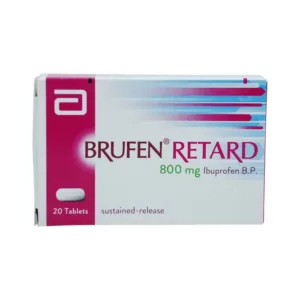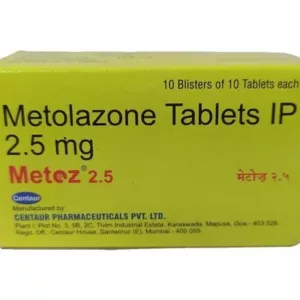FEXOFENADINE contains fexofenadine, a non-drowsy antihistamine. It is less likely to make you feel sleepy than some other antihistamines. However, some people still find it makes them feel quite sleepy, which is used to treat allergies as it blocks the effects of a chemical messenger known as histamine, which is naturally involved in allergic reactions. FEXOFENADINE is widely used to treat hay fever (an allergy caused by pollen or dust), conjunctivitis (red, itchy eye), eczema (dermatitis), hives (red, raised patches or dots), reactions to insect bites and stings and some food allergies.
You can take FEXOFENADINE with food or without food. It should be swallowed whole with a glass of water. Do not chew, bite, or break it. Your doctor will advise you on how often you take your tablets based on your medical condition. In some cases, you may experience headaches, nausea, or dizziness. Most of these side effects of FEXOFENADINE do not require medical attention and gradually resolve over time. However, if the side effects are persistent, reach out to your doctor.
You should not take the FEXOFENADINE if you are allergic to fexofenadine, are currently breastfeeding, or have severe kidney failure (creatinine clearance less than 10 ml/min), urinary retention problem, and fructose intolerance. Do not give this medicine to children who are less than two years of age groups. Check with your doctor if you are taking midodrine to treat low blood pressure and ritonavir or lopinavir for HIV infection. Leave about 2 hours between the times you take FEXOFENADINE and your indigestion remedies containing aluminium or magnesium.
FEXOFENADINE is known as a non-drowsy antihistamine. It’s less likely to make you feel sleepy than some other antihistamines. FEXOFENADINE provides instant relief from allergic reactions and symptoms by blocking histamine action, a substance which causes immune responses & inflammations in the body. FEXOFENADINE is widely used to treat hay fever (an allergy caused by pollen or dust), conjunctivitis (red, itchy eye), eczema (dermatitis), hives (red, raised patches or dots), reactions to insect bites and stings and some food allergies.











